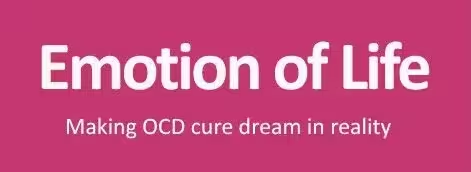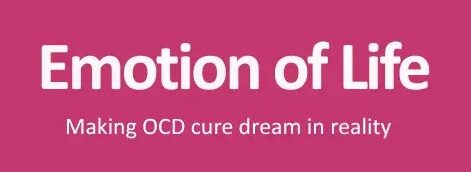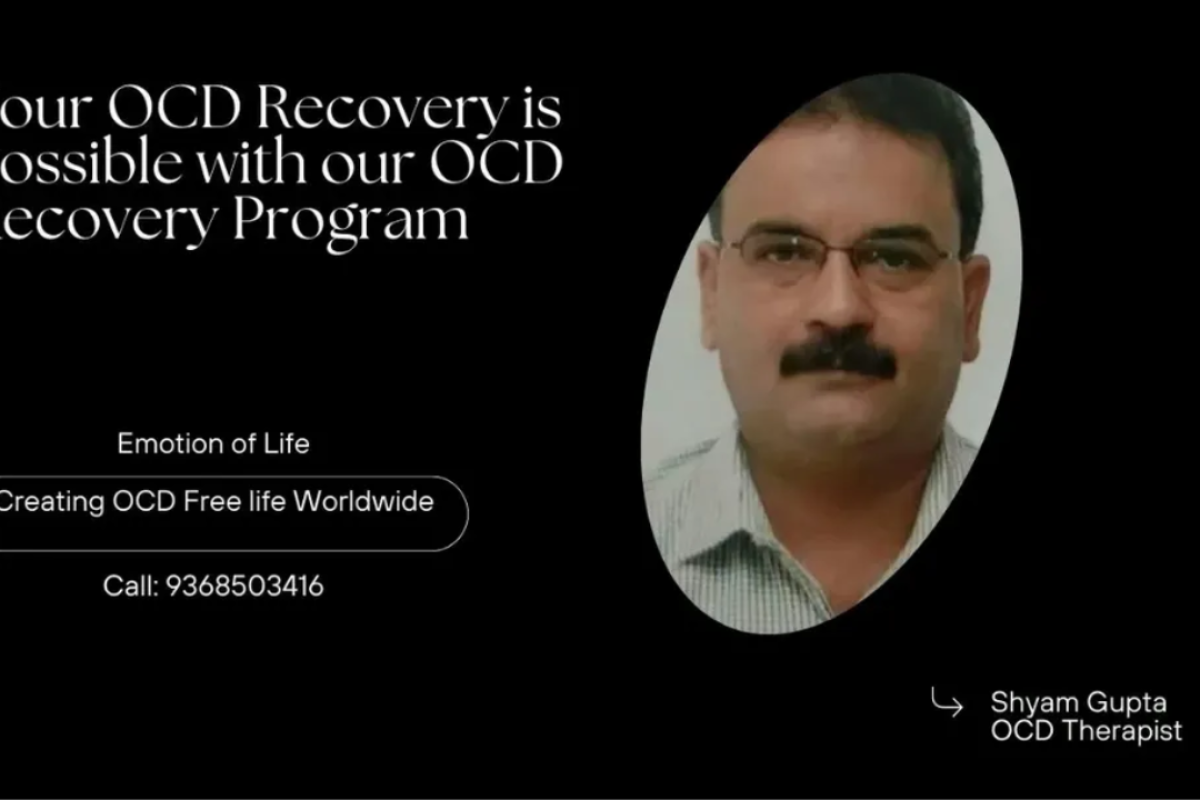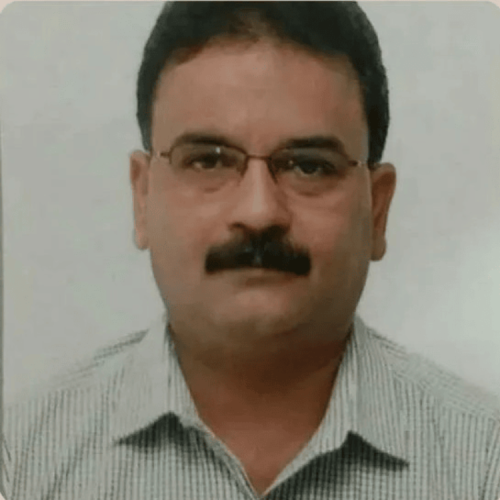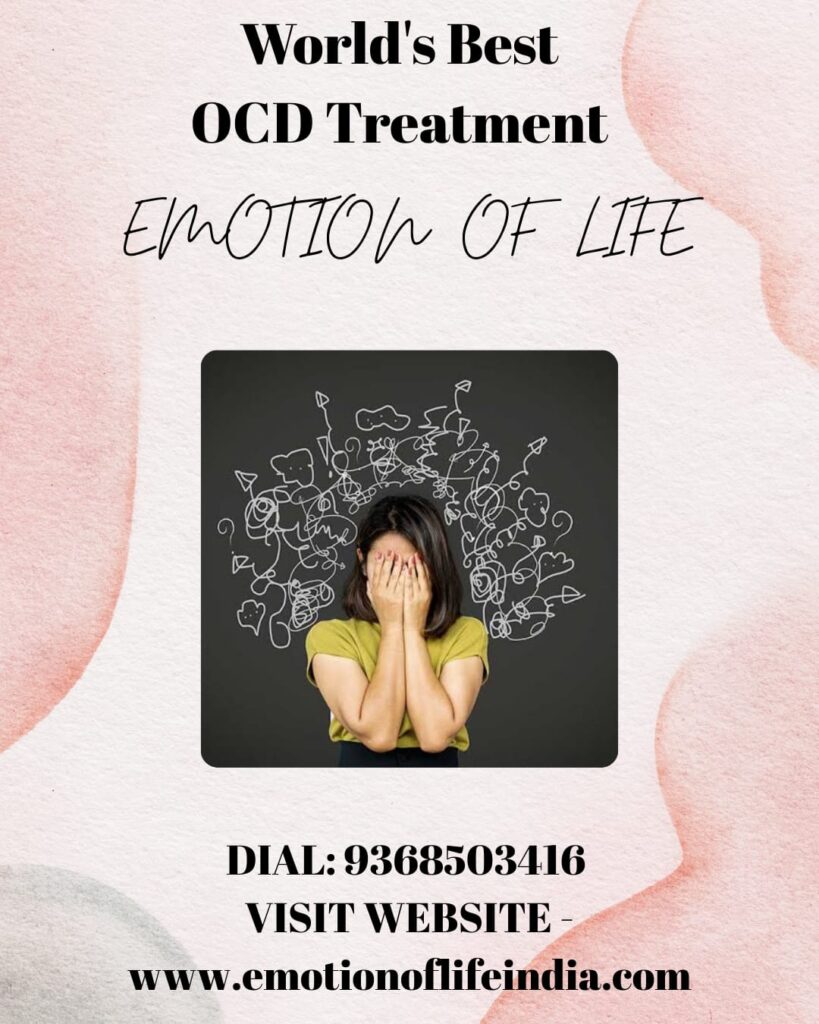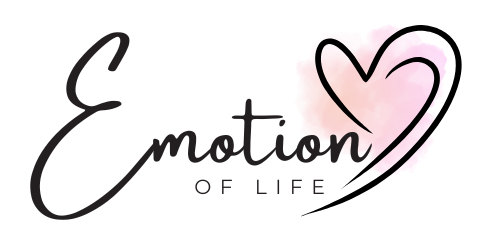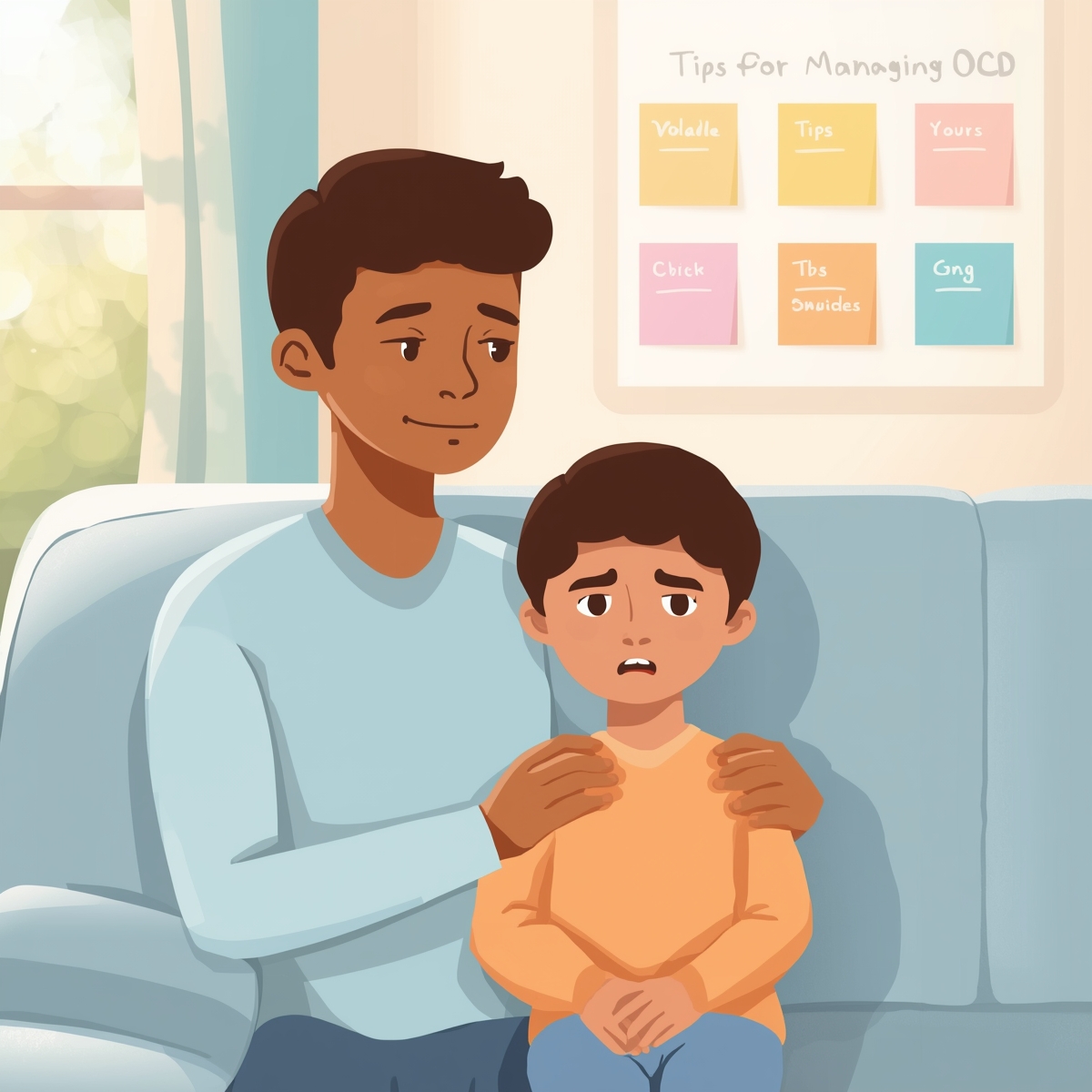How to Treat OCD with a Non-Medicine Approach: The Emotion of Life Way
Obsessive-Compulsive Disorder (OCD) can disrupt every aspect of a person’s life, from work and relationships to peace of mind. If you or a loved one is searching for an effective, long-lasting solution for OCD, you’re likely wondering how to treat OCD in a way that goes beyond temporary relief. At Emotion of Life, our non-medicine approach—rooted in advanced CBT (Cognitive Behavioral Therapy), ERP (Exposure and Response Prevention), and life philosophy correction—offers a holistic and sustainable path to OCD recovery.
Led by OCD Therapist Shyam Gupta and Pratibha Gupta, Psychologist, our therapy programs are uniquely structured to address not just symptoms but the core personality dynamics that fuel OCD patterns. This article explains how to treat OCD without medication, using proven therapeutic interventions and transformational life strategies.
Understanding OCD Beyond the Surface
Before learning how to treat OCD, it’s crucial to understand what OCD actually is. OCD is not simply about being neat or overcautious. It is a complex mental health condition involving unwanted, intrusive thoughts (obsessions) and repetitive actions or mental rituals (compulsions) performed to relieve anxiety.
What’s often overlooked are the deeper personality traits that sustain OCD—such as rigidity, perfectionism, fear-based beliefs, and the need for control. At Emotion of Life, we go beyond symptom management to address these root causes and create lasting transformation.
How to Treat OCD Without Medication: Emotion of Life’s Holistic Protocol
At Emotion of Life, our approach is 100% non-pharmacological. We empower individuals with psychological tools that enable long-term recovery and emotional strength.
1. CBT (Cognitive Behavioral Therapy): Rewiring the Thought System
CBT is the foundation of our treatment model. It helps clients identify, challenge, and replace distorted thinking patterns that drive OCD. Whether the obsession is about contamination, harm, or morality, CBT creates distance between intrusive thoughts and perceived truth.
At Emotion of Life, Shyam Gupta and Pratibha Gupta personalize CBT strategies to fit each client’s OCD subtype and personality. CBT here is not just about controlling thoughts—it’s about creating cognitive resilience and flexible thinking.
2. ERP (Exposure and Response Prevention): Disempowering OCD
ERP is the gold standard for OCD treatment and the second pillar of our approach. It involves gradual exposure to feared triggers while resisting the compulsion to neutralize them. Over time, this helps the brain learn that anxiety naturally fades even without rituals.
At Emotion of Life, ERP is implemented with care and structure. Each exposure is personalized to ensure safety, confidence, and steady progress. The goal is not to push clients into fear, but to teach them to live free from avoidance and reassurance-seeking behaviors.
3. Personality Dynamic Correction: Shifting the Foundation
OCD thrives on certain personality tendencies like perfectionism, over-responsibility, and fear of uncertainty. We address these deeper layers through structured personality correction therapy.
In this process, clients learn to relax control, embrace imperfection, and accept uncertainty. This reshaping of personality traits ensures that OCD loses its emotional and cognitive fuel over time.
4. Upgrading the Philosophy of Life: Transforming the Inner Narrative
Many individuals with OCD live by unconscious rules such as “I must be 100% sure before acting” or “If I think it, it must mean something.” These philosophies trap them in endless anxiety cycles. We replace these with balanced, rational, and adaptive beliefs that support mental peace and confidence.
“When your philosophy changes, your psychology transforms.”
– Shyam Gupta, OCD Therapist
At Emotion of Life, therapy isn’t just about reducing symptoms—it’s about transforming your worldview so that fear loses its power.
Family Involvement: Healing as a System
OCD impacts the entire family, not just the individual. That’s why we teach families how to respond effectively—by avoiding reassurance, supporting therapy goals, and encouraging independence. Under Pratibha Gupta’s guidance, families become part of the recovery system, ensuring long-term success.
Why a Non-Medicine Approach?
While medications like SSRIs may reduce OCD symptoms temporarily, they don’t address the underlying thought-behavior connection. Our goal is to equip clients with skills that create independence from both OCD and medication. The Emotion of Life approach strengthens emotional intelligence, self-awareness, and resilience—naturally.
Long-Term Benefits of the Emotion of Life Approach
- Drastic reduction in OCD rituals and fears
- Increased emotional stability and self-awareness
- Improved confidence and life satisfaction
- Healthier family and social relationships
- Freedom from medication dependency
When people ask how to treat OCD, our answer is simple: heal the mind, strengthen the personality, and transform the philosophy of life. That’s how recovery becomes permanent.
Conclusion
If you’ve been wondering how to treat OCD without medication, know that it’s not only possible—it’s life-changing. At Emotion of Life, guided by OCD Therapist Shyam Gupta and Psychologist Pratibha Gupta, recovery is achieved through a comprehensive model that integrates CBT, ERP, personality restructuring, and life philosophy correction.
This is not just therapy—it’s transformation. Through self-awareness, discipline, and guided exposure, clients learn to live freely, confidently, and fearlessly again.
